Optical Fiber, Copper, and Radio links are the main communication links used. Out of all that, optical fiber is a crucial technology in modern communication. All these technologies have their own pros and cons. Here, let’s talk about the advantages and disadvantages of fiber optic cable.
The three most important advantages of Optical Fiber are:
- High bandwidth – transfer large amounts of data quickly.
- Low attenuation – signal travels long distances without losing strength.
- Electromagnetic immunity – a reliable communication method.
Optical fiber is capable of high-speed data transfer with minimum errors.
But Optical Fiber has some downsides too. Firstly, it can be expensive to install and maintain due to the specialized equipment required. Secondly, it’s fragile and can break easily if mishandled.
Despite the disadvantages, Optical Fiber remains a crucial technology in modern communication because of its high-speed data transfer, low attenuation, and electromagnetic immunity.
Table of Contents
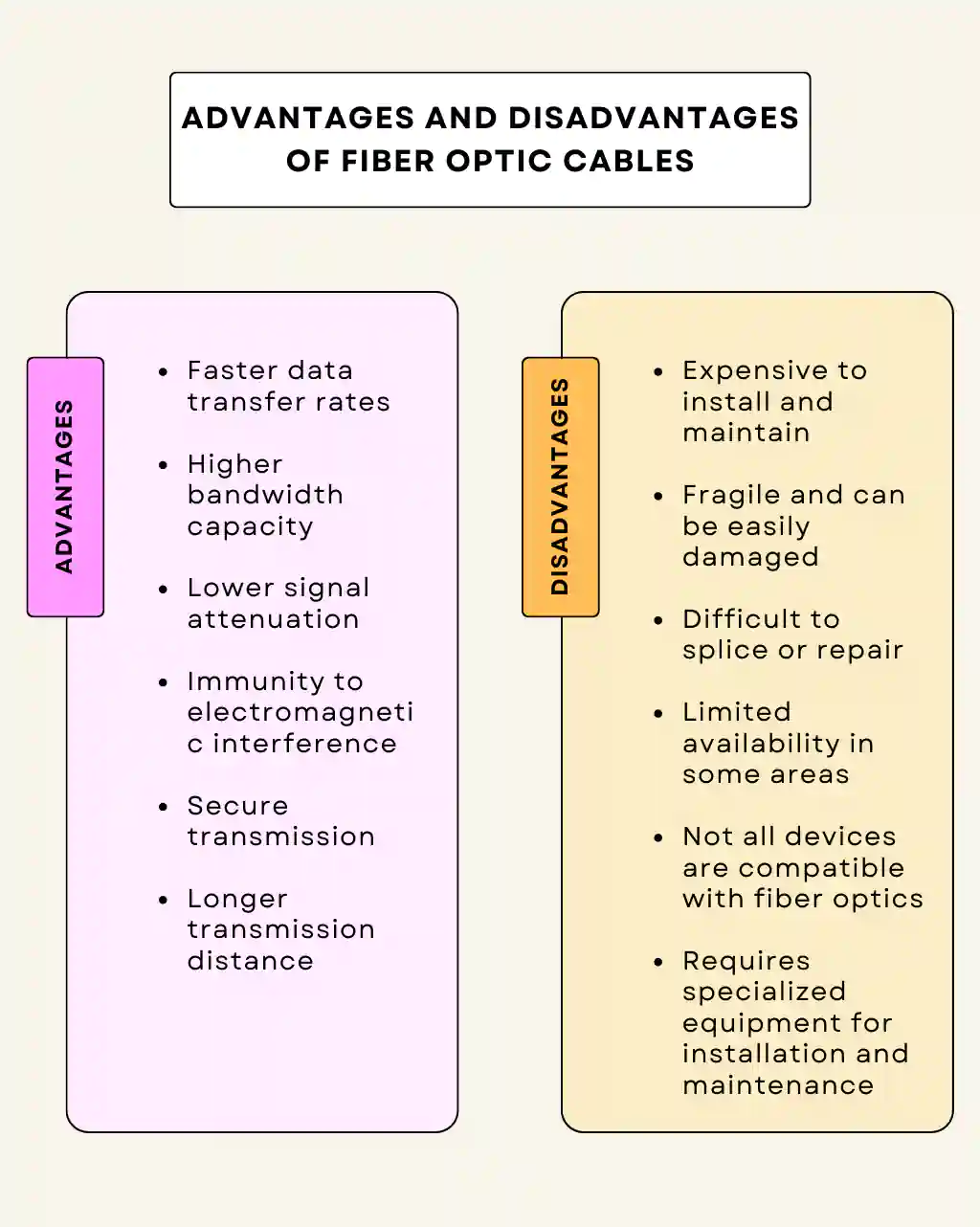
Advantages of Optical Fiber
Optical fiber has numerous advantages over other communication mediums. Here are some of the most significant benefits:
Wide Bandwidth Supports to Transfer of Large Amounts of Data
Optical fiber provides a wide bandwidth, which is the amount of data that can be transmitted from one point to another within a network over a specific period. Fiber optic cables offer much greater bandwidth than copper or radio/wireless links.
Low Attenuation Helps to Transmit Signals Over Long Distances
Attenuation refers to signal energy loss as it travels through a medium. Optical fiber has lower attenuation compared to copper and wireless links. Because of this, fiber links can transmit high volumes of data over longer distances with minimal power loss.
Ease of Use Due to Lightweight, Small Size, Flexibility, and Safety
Fiber optic cables are smaller and lighter than metallic cables, particularly copper-based ones. Compared to copper wires, fiber optic cables have a much smaller size.
Fiber cables take up less space in conduits and are much lighter in weight, making them easy to install. Since fiber optic cables transfer data via light instead of electricity, they are safer to handle.
Offered a High Level of Data Security
Fiber optic cables are incredibly secure during transmission. Unlike other mediums, fiber cables do not emit signals under normal conditions, making it difficult to intercept data transmission by tapping into the cable.
Physically tapping into a fiber cable requires a high degree of skill and is extremely difficult to do undetected. This makes fiber optic cables the most secure medium available for carrying sensitive data.
Maintains Signal Purity Without External Noice
Optical fiber has high immunity to external noise. Electrical noise, or EMI (Electro-Magnetic Interference) and RFI (Radio Frequency Interference), can cause undesirable effects in other transmission mediums. Fiber optic cables are not affected by any external electrical fields and transmit pure signals.
Has Longer Life, Making It Cost-Effective
Another advantage of optical fibers is their long lifespan. Optical fibers have a longer life cycle than many other types of cables, with a lifespan of over 100 years. It is more durable compared to copper cables. Once fiber cable is installed, it will last longer for several decades. So, it is a more cost-effective choice in the long run.
Disadvantages of Optical Fibers
Let’s take a look at the drawbacks of using optical fiber as a means of transmitting data. Indeed, optical fiber has many advantages over traditional copper wires. It also has some disadvantages that must be considered before implementing it in any network.
Some major disadvantages include fragility, difficulty in installation, attenuation and dispersion, high cost, and a requirement for special equipment.
Have More Prone to Fragility or Breakage
One of the most significant drawbacks of optical fiber is its fragility. Optical fibers are made of glass and can easily break or be damaged. This makes them more vulnerable to damage during installation or maintenance. It is crucial to handle optical fiber cables with care and avoid twisting or bending them too tightly during installation.
Difficult to Installation and Maintenance
Optical fiber cables are lightweight, smaller, and more flexible than copper cables. But they can be difficult to install and maintain. Due to their fragility, fiber cables are highly susceptible to cuts or damage during installation or construction activities.
Installing optical fiber requires specialized knowledge and equipment. But it can increase the overall installation cost.
Attenuation and Dispersion
Another disadvantage of optical fiber is attenuation and dispersion. As the transmission distance increases, light signals will be attenuated and dispersed, which requires additional optical components to keep the signal quality the same. This can add complexity to the overall design of the optical network.
Cost Can Be Relatively High
Although optical fiber offers many advantages over traditional copper wires, it is still more expensive to install. The installation cost of optical fiber cables is relatively higher than copper cables because they require special handling and installation techniques.
However, advancements in technology such as FTTx and PONS are making optical fiber more accessible and affordable for last-mile broadband access to the end-users.
Need Special Equipment for Installation and Maintenance
Finally, special equipment is required to ensure the quality of fiber optic transmission. For example, a splicing machine is needed for installation, which can be expensive.
Additionally, specialized optical test equipment such as an optical time-domain reflectometer, optical probes, and power meter are needed at most fiber endpoints to provide proper testing of the optical fiber.
These specialized tools are necessary for detecting and resolving issues that may arise during the installation or maintenance of optical fiber networks.
Which is better, fiber optic or copper or wireless?
You can get a conclusion of this problem by the following table.
| Criteria | Optical Fiber | Copper | Wireless |
|---|---|---|---|
| Bandwidth | High bandwidth can transfer large amounts of data quickly | Limited bandwidth compared to optical fiber, can transfer less data | Limited bandwidth can transfer less data compared to optical fiber |
| Attenuation | Low attenuation can transmit signals over long distances with minimal power loss. | Higher attenuation compared to optical fiber, the signal strength decreases over longer distances. | Higher attenuation compared to optical fiber, the signal strength decreases over longer distances. |
| Electromagnetic Immunity | Highly immune to external noise, transmits pure signals | Can be affected by electromagnetic interference (EMI) and radio frequency interference (RFI) | Can be affected by EMI and RFI |
| Ease of Use | Lightweight, small size, flexibility, and safety | Larger and heavier than optical fiber, less flexible, can be hazardous to handle | Requires antennas and other equipment, can be affected by weather conditions |
| Data Security | Highly secure, difficult to intercept data transmission | Less secure than optical fiber, can be more easily intercepted | Can be intercepted by hackers or unauthorized users |
| Lifespan | Long lifespan of over 100 years, more durable compared to copper cables | Shorter lifespan compared to optical fiber, more susceptible to corrosion and damage | Shorter lifespan compared to optical fiber, more susceptible to damage and interference |
| Installation and Maintenance | Requires specialized knowledge and equipment, can be fragile and difficult to install | Easier to install and maintain than optical fiber, requires less specialized equipment | Requires specialized equipment for installation and maintenance, can be affected by weather conditions |
| Cost | More expensive to install but more cost-effective in the long run due to its longer lifespan and lower maintenance costs | Less expensive to install than optical fiber but may require more maintenance and repair over time | Less expensive to install than optical fiber but may require more maintenance and repair over time |
| Overall | Optical fiber is a crucial technology in modern communication due to its high-speed data transfer, low attenuation, and electromagnetic immunity, but requires specialized equipment and can be fragile. | Copper is a widely used communication medium, but has limited bandwidth and is more susceptible to attenuation and interference compared to optical fiber. | Wireless links are a convenient option for mobile communication but have limited bandwidth and can be affected by weather conditions and interference. |
Summary
Optical fiber outperforms copper and wireless transmission across key metrics. Fiber provides immense bandwidth, facilitating rapid data transfers improbable by copper’s constraints or wireless’s limitations. Signal attenuation diminishes lightly through fiber, extending distances far beyond metals’ or airwaves’ ranges before amplification.
Immunity from electrical noise maintains fiber’s clarity, unlike copper, which is vulnerable to electromagnetic interference. Fiber deploys simply as a lightweight, flexible medium safer than electricity-conducting copper. Massive data protection results from the challenge of undetectably tapping fiber.
While installation and maintenance demand specialized expertise and careful handling due to brittleness, fiber’s century-long designed lifespan has tremendous economic savings exceeding competitors. Attenuation and dispersion strengthen signals through repeaters and amplifiers.
While costs are higher initially than copper, fiber ultimately saves more through minimized repairs and replacements over decades of reliable service. Wireless gives mobility but at the price of reduced speeds, distances, protections, and dependability when matched against superior fiber infrastructure.
FAQ
What are the 3 disadvantages of both coaxial and optical Fibre cables?
Vulnerability to damage: Both types can be damaged by physical stress like bending or twisting, leading to signal attenuation or loss.
Cost: Both coaxial and optical fiber cables are more expensive than traditional copper cables due to complex manufacturing processes and costly materials.
Installation difficulty: Both types can be challenging to install, especially in areas with existing infrastructure, requiring specialized tools and techniques for proper termination.
What is the greatest disadvantage of fiber optic cable?
The greatest disadvantage of fiber optic cables is their fragility. Being made of glass, they are very strong but also highly brittle. This makes them susceptible to bending, twisting, or crushing damage, potentially causing signal loss or degradation. The fragile nature of fiber optic cables makes their installation and maintenance more challenging, requiring careful handling to avoid damage.
What are the three benefits of fiber optic cable vs. copper cabling?
Higher Bandwidth: Fiber optic cables can transmit significantly more data than copper cables due to their use of light instead of electricity. This makes fiber optic cables more efficient in carrying larger amounts of data.
Longer Transmission Distance: Fiber optic cables can transmit data over much longer distances than copper cables without suffering from significant signal loss due to attenuation. Light-based transmission in fiber optics is less affected by attenuation compared to electrical signals in copper cables.
Enhanced Security: Fiber optic cables provide improved security as light signals are more difficult to intercept than electrical signals in copper cables. Attempts to tap into fiber optic cables are more likely to be detected, making them more secure for data transmission.


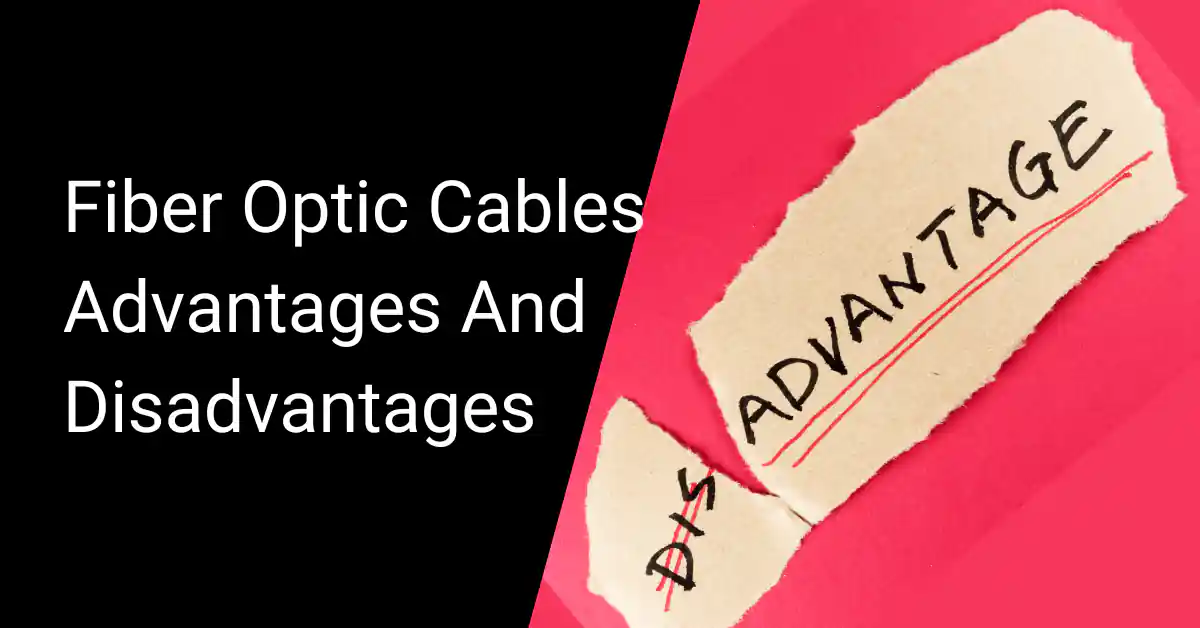
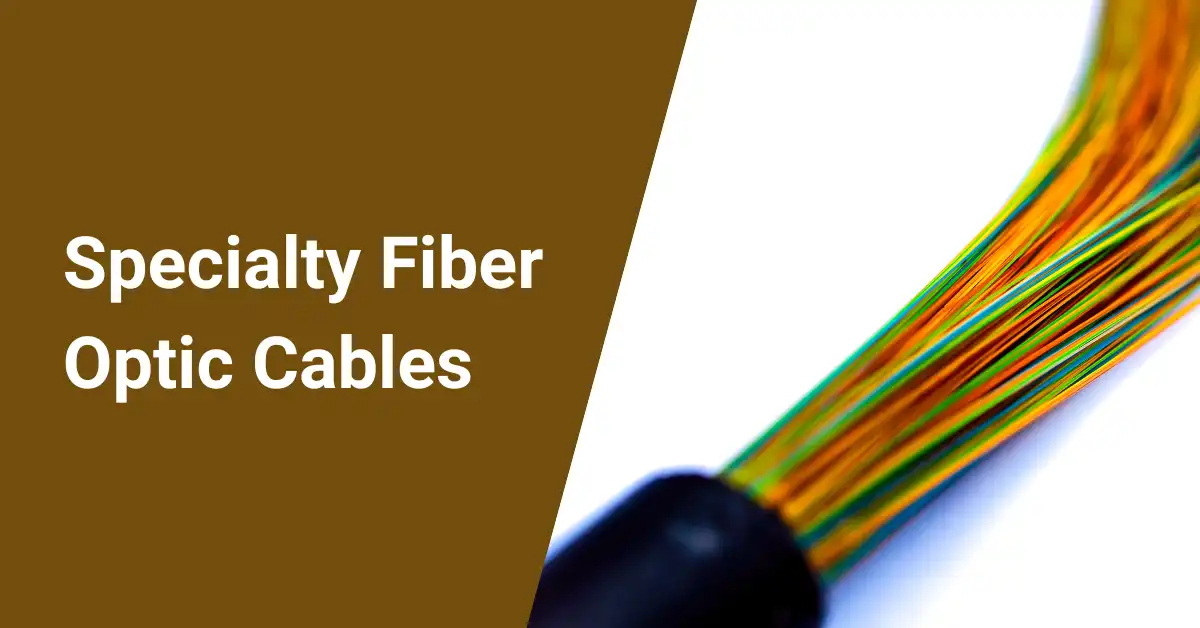
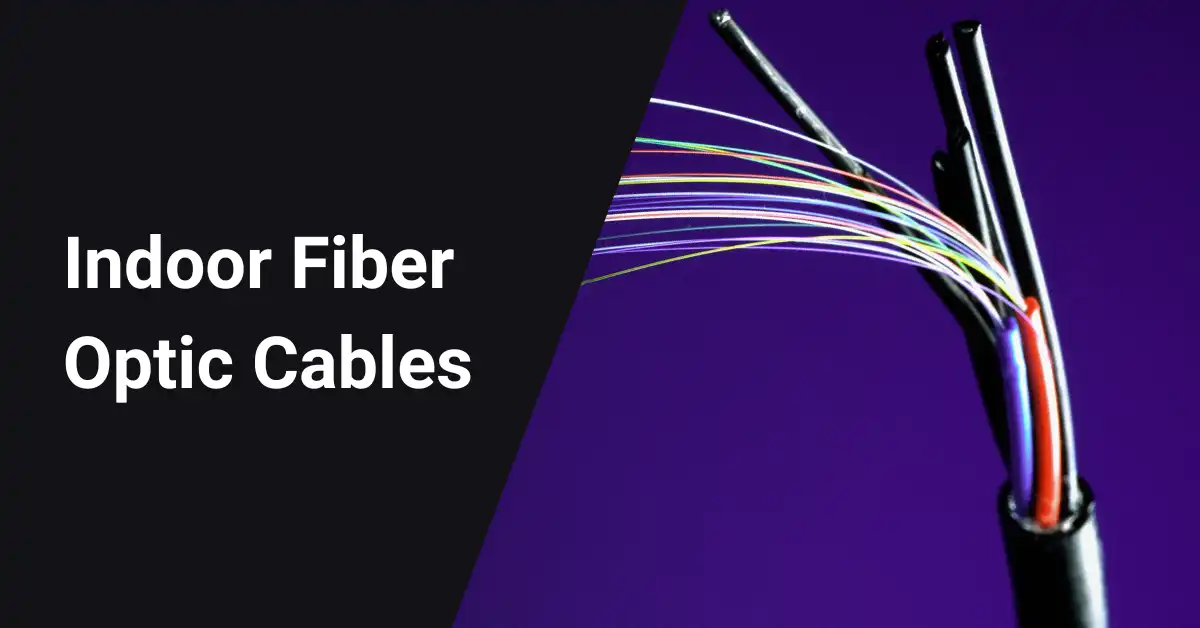
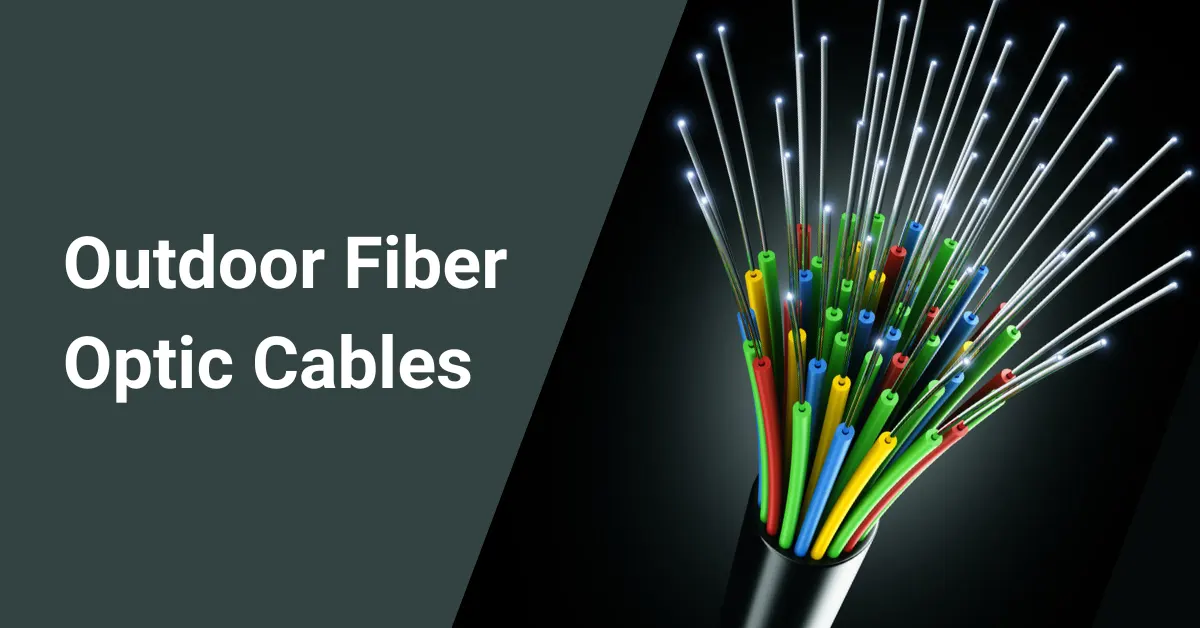
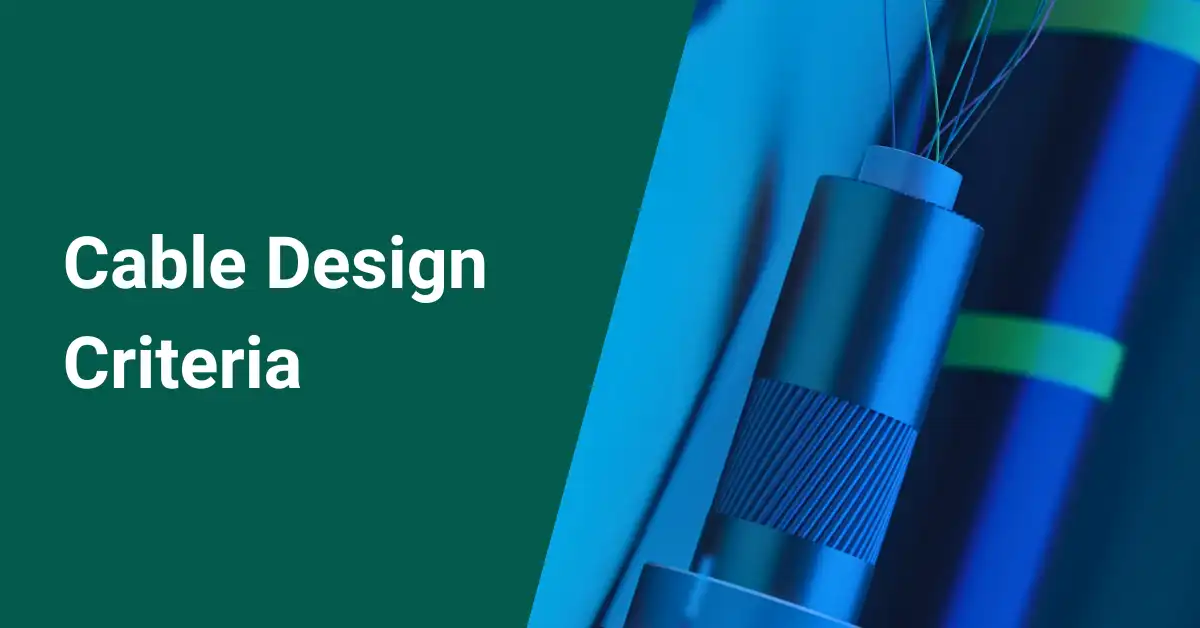
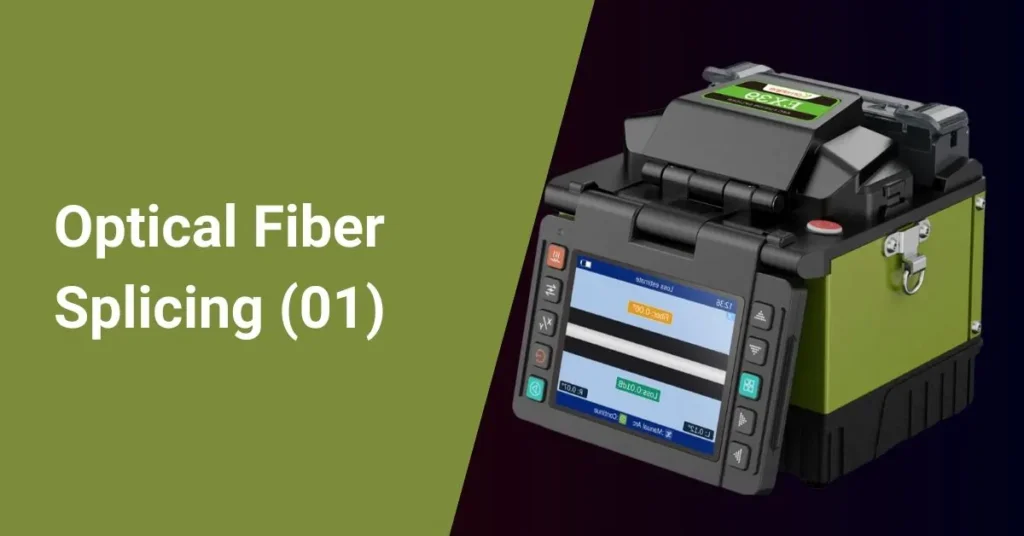
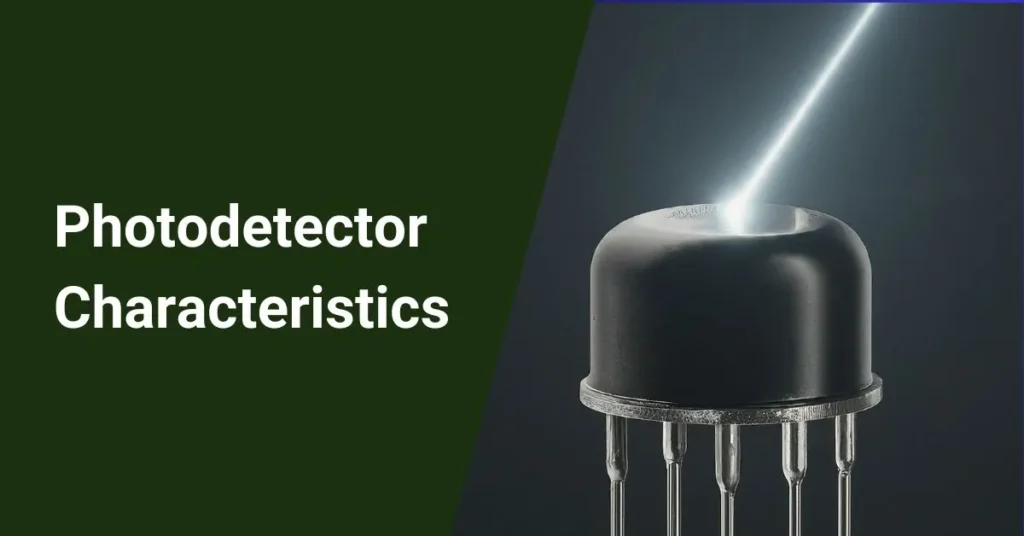
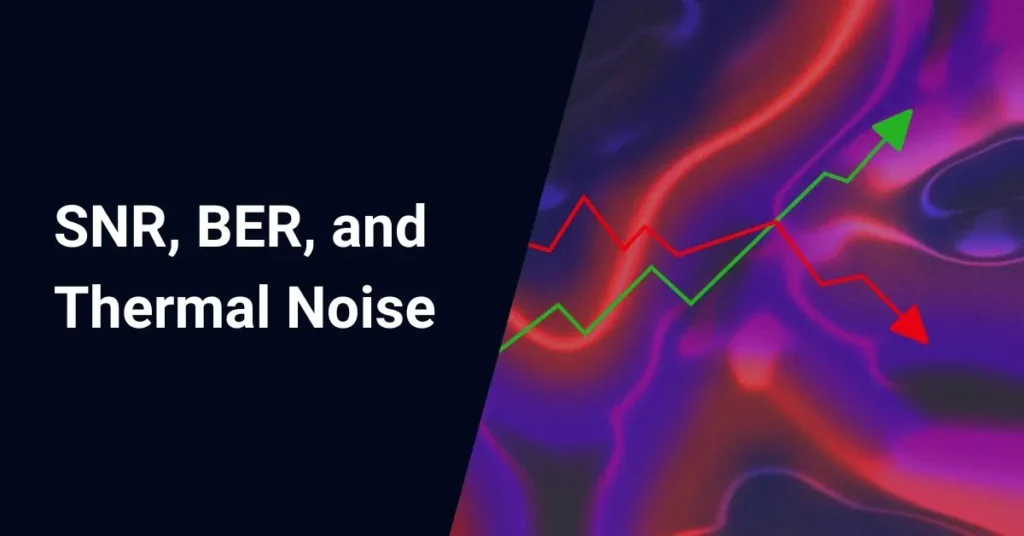

Great post! I appreciate the clear breakdown of the advantages and disadvantages of fiber optic cables. It’s interesting to see how their speed and bandwidth capabilities offset some of the initial installation costs. Definitely gives me a better understanding of when to consider using them!
Great insights on fiber optic cables! I didn’t realize how much they can improve internet speeds and bandwidth compared to traditional cables. However, the cost and fragility aspects are definitely something to consider. Thanks for the detailed breakdown!
Great post! I appreciate how you outlined both the advantages and disadvantages of fiber optic cables. It’s helpful to know the pros, like higher speeds and bandwidth, along with the cons, such as installation costs. This gives a balanced view for anyone considering an upgrade. Thank you for sharing!
Great breakdown of the advantages and disadvantages of fiber optic cables! It’s fascinating how they offer such high speeds and bandwidth, but the installation costs can be quite a hurdle for some. I appreciate the detailed comparison—it definitely helps in understanding whether fiber optics is the right choice for specific needs. Thanks for the insightful post!
Great post! I found the comparison of advantages and disadvantages very insightful. It’s fascinating how fiber optic cables offer such high-speed connectivity but come with installation challenges. I’m curious to see how their usage will evolve in the next few years!